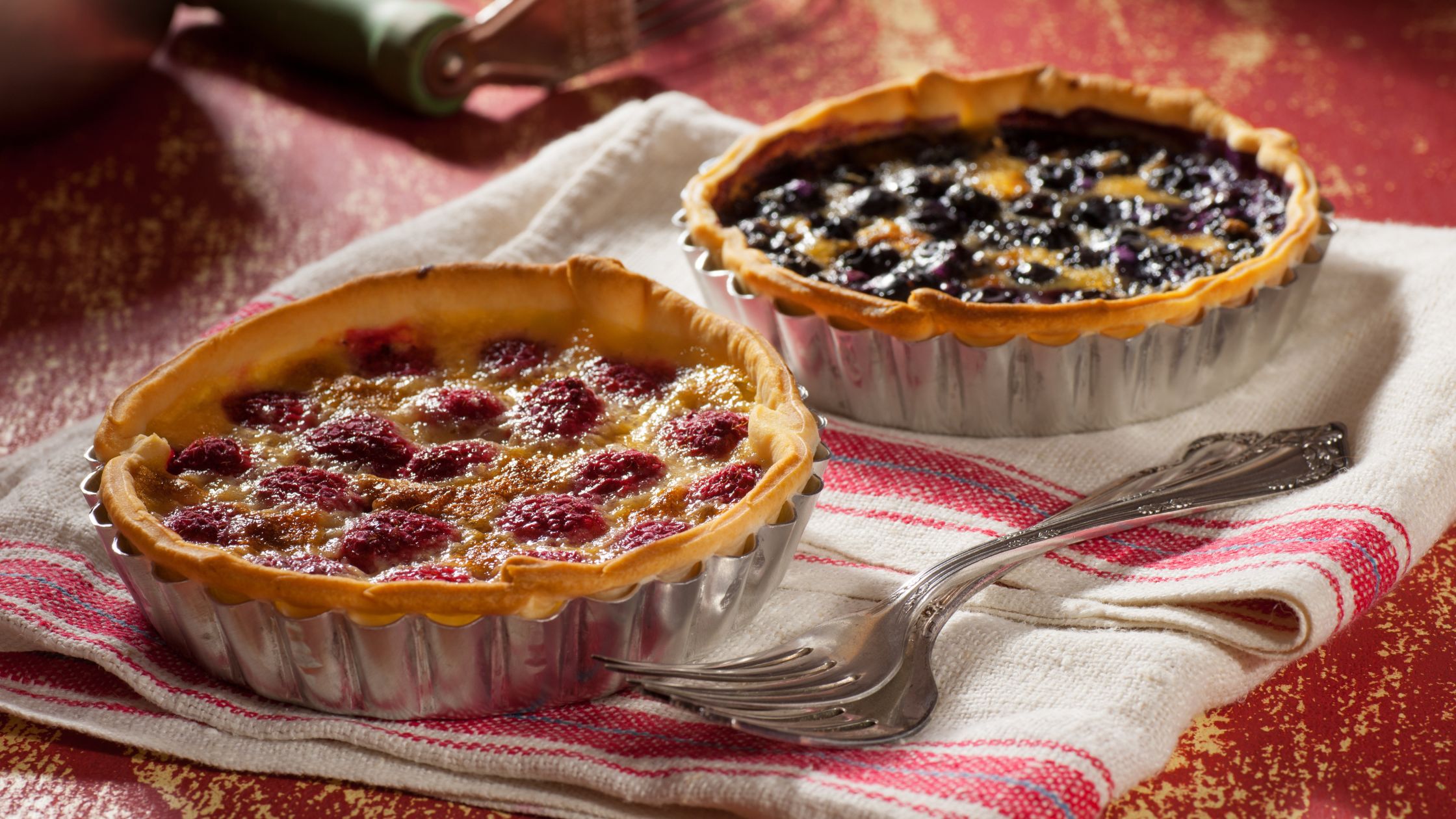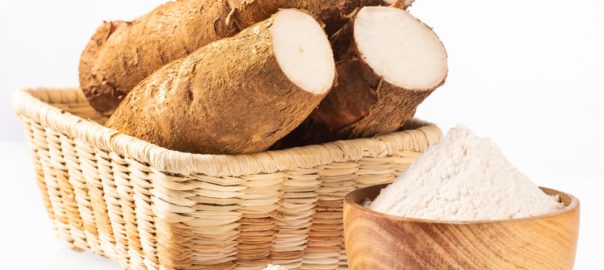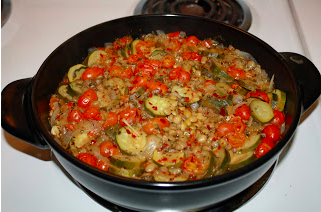Arrowroot has many uses especially in the powdered form. Its most common use is as a thickener. Often people will use it instead of cornstarch which is especially helpful for those who are allergic to corn. It’s also a gluten free starch so many people who follow a gluten free diet will use it in their recipes.
Where does arrowroot come from?
Arrowroot is a starchy root vegetable similar to cassava, sweet potato, taro, and yams. It is native to the tropical regions of Central America, South America, and the West Indies. Here in the United States, it can be cultivated in parts of Florida, Georgia, and South Carolina.
In its raw form the arrowroot rhizome is a good source of vitamins A and B6, thiamine, riboflavin, calcium, manganese, folate, phosphorus, iron and potassium. Once it is processed into a powde it loses many of these nutrients, but it does retain its status as a resistant starch which can be good for gut health.
Health benefits of arrowroot
- Satiety – The resistant starch can help slow your rate of digestion, helping you feel full longer. This can help regulate your appetite which may in turn lead to weight loss.
- Gluten-free Baking – Arrowroot is gluten free which can be helpful for those with celiac disease. When baking with it, it can add body to nut flours and help hold structure. The flour is easy to digest.
- Glucose and Lipid Levels – Using arrowroot flour can help keep glucose and lipids within normal limits.
- Feed Probiotics – Probiotics are important for your overall health. It is important to feed these probiotics to keep them strong and active. Prebiotics are what the probiotics feed on. In one study it was found that arrowroot carbohydrate extracts have been shown to enhance the survival of probiotics in yogurts.
- Ease Diarrhea – In a small study of individuals who suffer from irritable bowel syndrome, arrowroot was found to reduce abdominal pain and many of the participants felt diarrhea was less of a problem. In the West Indies it is a well-known remedy for diarrhea when boiled in water or milk and seasoned.
- Gastroprotective Agent – In a rat study, arrowroot starch was shown to provide protection for the stomach lining. It was also shown to decrease the ulcer index. These gastroprotective effects are known to contain carbohydrates and flavonoids that play a role in reducing inflammation. As it is easy to digest, it may be supportive for overall gut health too.
Using arrowroot
If you’re substituting it for cornstarch in a recipe, you’ll want to use twice as much arrowroot as cornstarch. It works very well for fruit pies and fruit cobblers to provide structure and body to the filling. One nice benefit is that using arrowroot does not interfere with the color of your pie or cobbler as it sets clear.
Arrowroot can also be used in gravies but be aware that extended heat with vigorous boiling will reduce its thickening properties. It should not be boiled and it’s best to add it in the last 10- to 15 minutes before you are ready to serve your dish.
When it comes to tomato and citrus based foods arrowroot is actually superior to cornstarch for thickening.
It can also act as a binder to replace egg, gum, flour, or nut proteins when baking.
In conclusion
As you can see, arrowroot is a great substitute for cornstarch and can provide a number of health benefits especially for gut support.
Sources
- Cooke C, Carr I, Abrams K, Mayberry J. Arrowroot as a treatment for diarrhoea in irritable bowel syndrome patients: a pilot study. Arq Gastroenterol. 2000 Jan-Mar;37(1):20-4. doi: 10.1590/s0004-28032000000100005. PMID: 10962623.
- Deswina, P. and Priadi, D. Development of Arrowroot (Maranta arundinacea L.) as Functional Food Based on Local Resource. 2020 IOP Conf. Ser.: Earth Environ. Sci. 439 012041DOI 10.1088/1755-1315/439/1/012041
- Guly HR. Medical comforts during the heroic age of Antarctic exploration. Polar Rec (Gr Brit). 2013 Apr;49(2):110-117. doi: 10.1017/S0032247411000799. Epub 2012 Jan 20. PMID: 26366016; PMCID: PMC4563790.
- Jayampathi, T. and Jayatilake, S. Arrowroot (Maranta arundinacea) Extract Increases the Survival of Probiotic Lactobacillus acidophilus. Journal of Probiotics & Health. May 21, 2018. DOI: 10.4172/2329-8901.1000199.
- Soepomo, J.L. and Janturan, S.H. The Gastroprotective effects of arrowroot tuber starch (Maranta arundinacea L.) on ethanol-induced gastric damages in rats. Pharmaciana. Vol. 10, No. 1., March 2020, pages 35-42. DOI: 10.12928/pharmaciana.v10il.12318.




